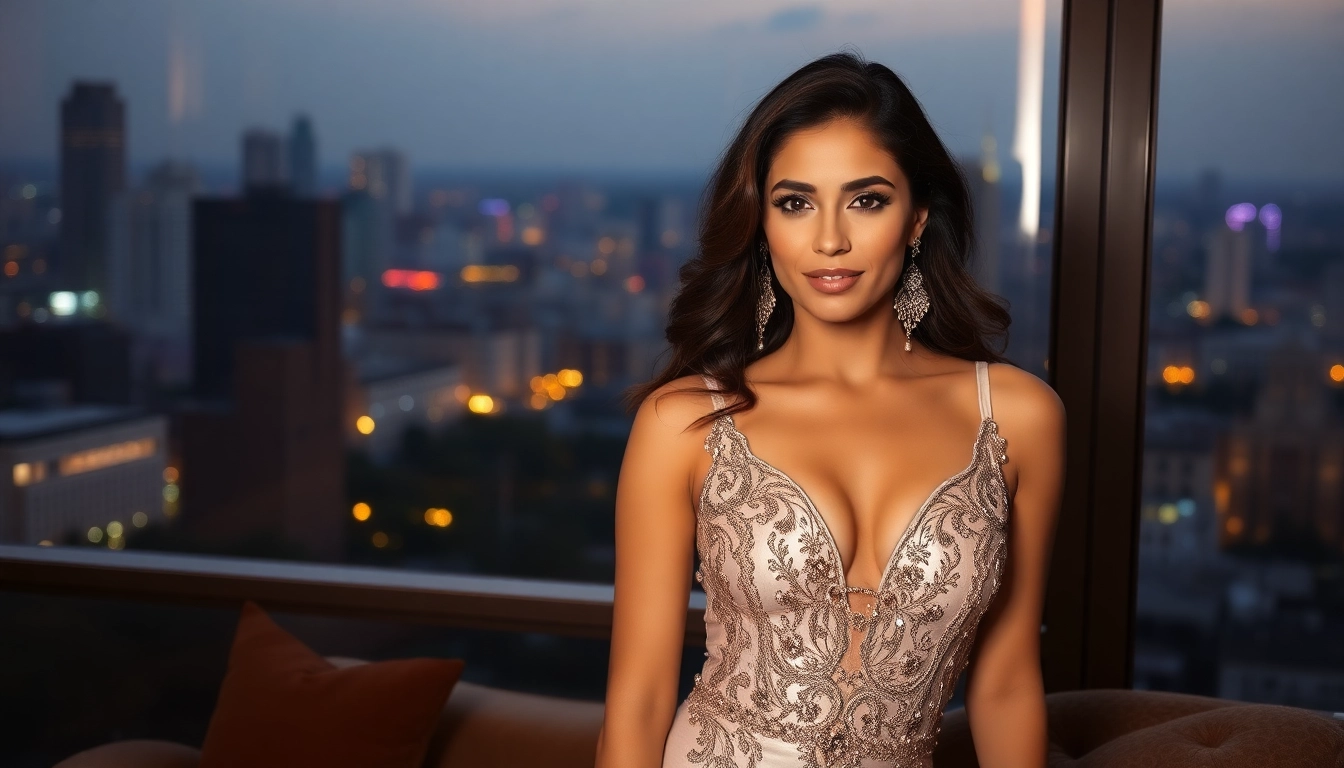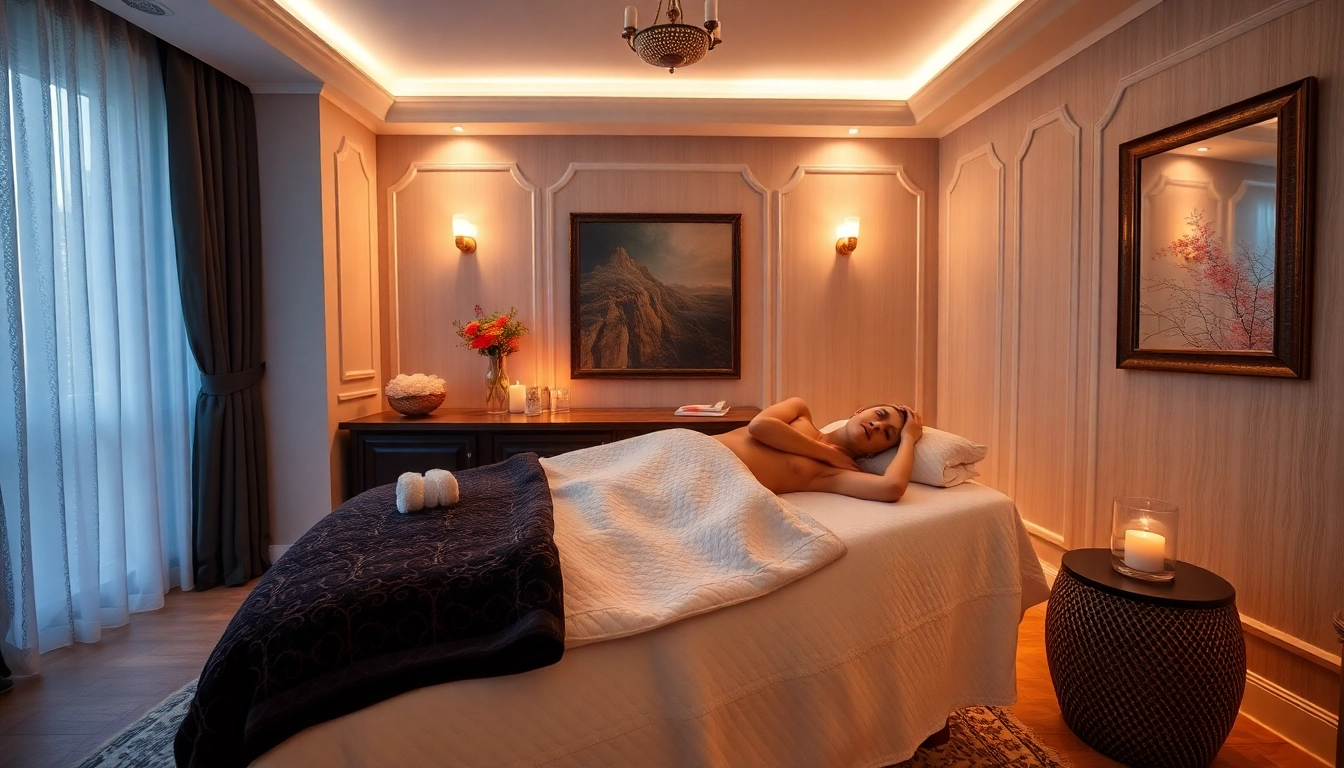Understanding the Cultural and Social Significance of DILF
In contemporary pop culture and social discourse, certain terms have gained prominence to describe specific archetypes or personas. One such term that has garnered widespread attention and nuanced interpretation is dilf. Originally emerging from informal slang, the term has evolved into a cultural phenomenon that encapsulates ideas about age, attractiveness, charisma, and modern masculinity. To fully grasp its significance, it’s essential to explore its origins, how it has permeated media and social perceptions, and what it reveals about contemporary views on masculinity and attractiveness.
The Origins and Etymology of DILF
Tracing the Roots
The term dilf is a portmanteau derived from the phrase “Dad I’d Like to F*.” It is a playful, provocative extension of the more established acronym MILF . The phrase emerged within internet culture and social media platforms, initially as slang used predominantly within the LGBTQ+ community and youth circles. Its playful, irreverent tone allowed it to gain traction quickly, especially in contexts where humor and sexuality intersect.
The earliest documented uses of the term date back to the early 2000s, but it truly gained mainstream popularity through social media, memes, and pop culture references in the 2010s and beyond. Its widespread usage reflects changing attitudes toward sexuality, age, and attractiveness, challenging traditional stereotypes that associate youth exclusively with desirability.
Evolution of Meaning
While the literal interpretation remains rooted in sexual attraction to fathers or father-figures, the connotation of dilf has expanded to include a broader appreciation of mature masculinity—emphasizing confidence, charisma, and a sense of self-assuredness that transcends age. It is often used humorously or admiringly, signifying more than just physical attractiveness but also an aura of maturity and life experience.
This evolution mirrors society’s increasing acceptance and celebration of diverse forms of masculinity, where age and experience are viewed as assets rather than barriers to attractiveness. The term has also become ingrained in online dating culture, social media campaigns, and entertainment industries, further cementing its place in modern lexicon.
The Cultural Evolution of DILF
From Slang to Cultural Icon
The journey of dilf from niche slang to a cultural icon reflects broader societal shifts. Initially, it was a cheeky, humorous term used among close friends or within certain communities. Over time, celebrities and influencers embraced the term, incorporating it into their branding and public personas.
For instance, appearances of “dilf” in movies, music videos, and social media have highlighted a new appreciation for older men who embody qualities traditionally associated with youth—vitality, attractiveness, and charm. This shift signifies a move away from youth-centric ideals towards a more inclusive notion of attractiveness that values experience and confidence.
Media Representation and Impact
Media has played a pivotal role in normalizing and popularizing the concept of the dilf. Films and TV shows featuring attractive, confident older men—often portrayed as successful, charismatic, and desirable—have contributed to reshaping perceptions. For example, television series like “Mad Men” and movies like “Magic Mike” have showcased older male characters who exude sex appeal, aligning with the modern understanding of what a dilf can be.
Moreover, social media influencers and celebrities who openly embrace their mature attractiveness have further challenged stereotypes. Their candid discussions and images help normalize the idea that desirability does not diminish with age, fostering a more inclusive standard of masculinity.
The Role of Age, Charisma, and Confidence
Redefining Masculinity
Traditional notions of masculinity often emphasized youth, strength, and a certain ruggedness. However, the concept of the dilf challenges these stereotypes by emphasizing qualities like confidence, charisma, emotional maturity, and self-assuredness. These traits are increasingly valued in contemporary society, aligning with broader movements toward gender equality and diverse representations of masculinity.
Age, rather than being a barrier, becomes an asset. The dilf embodies the idea that attractiveness is multifaceted and can be amplified by life experience, style, and personality. This shift encourages men to embrace their age and individuality, promoting self-confidence and authenticity.
The Charismatic Appeal
Charisma plays a significant role in the dilf archetype. Men who exude confidence, humor, kindness, and charisma often attract admiration regardless of their age. This appeal is rooted in the idea that attractiveness is not solely about physical features but also about personality and energy.
The dilf often represents a blend of maturity and vitality, making him appealing to a wide range of audiences. His confidence and emotional stability are seen as signs of a well-rounded individual, further enhancing his attractiveness.
Creative Uses and Misconceptions of DILF
Creative Expressions and Cultural References
The term “dilf” has transcended its initial slang usage to become a versatile descriptor in popular culture. It appears in music lyrics, comedy sketches, fashion campaigns, and even as part of branding strategies targeting specific demographics. For example, brands aiming to promote confidence and mature masculinity may incorporate the term into advertising to appeal to a broader audience.
In creative contexts, the dilf archetype often symbolizes the ideal balance of attractiveness, confidence, and age-related maturity. It is used humorously or affectionately, emphasizing admiration rather than objectification.
Common Misconceptions and Stereotypes
Despite its popularity, misconceptions about the dilf persist. Some may mistakenly equate the term solely with sexual predation or superficial attraction, overlooking the deeper qualities it can represent, such as emotional intelligence, life experience, and charisma.
Additionally, the term can be misused or misunderstood, leading to stereotypes that portray dilfs as only interested in youth or superficial relationships. However, many who embrace the archetype emphasize authenticity, personality, and confidence over superficial traits.
Engaging with the DILF Phenomenon on Platforms like CrushOn AI
Interactive Roleplay and Character Customization
Platforms like CrushOn AI have revolutionized how enthusiasts and curious individuals engage with the concept of dilf by offering customizable AI characters. These platforms allow users to create and interact with AI characters that embody the dilf archetype, tailoring traits, backstories, and personalities to their preferences.
Through text-based conversations, users can explore different facets of the dilf persona—whether it’s a charming, witty dad, a successful businessman, or a rugged outdoorsman. The advanced language models, such as GPT-4o mini and Claude 3.5 Sonnet, generate natural, engaging responses, making interactions feel authentic and immersive.
Memory and Continuity in Conversations
One of the key features of CrushOn AI is its contextual memory system, which maintains conversation continuity across sessions. This means users can develop ongoing dialogues with their AI characters, allowing for deeper roleplay, storytelling, or casual chats that evolve over time.
Such features enhance the exploration of the dilf archetype, enabling users to dive into nuanced personalities, backstories, and scenarios. This not only provides entertainment but also fosters creativity and self-expression, as users can experiment with different character traits and narratives.
Multi-Character Group Chats and Cross-Device Accessibility
Another innovative aspect is the ability to engage in multi-character group chats, where users can interact with several AI characters simultaneously. This feature allows for more complex roleplays or storytelling sessions, adding layers of interaction and realism.
Furthermore, CrushOn AI’s cross-device accessibility ensures that users can continue their conversations seamlessly across web and mobile apps. This flexibility encourages ongoing engagement, making it easier for enthusiasts to incorporate dilf characters into their daily digital lives.
The Future of the DILF Archetype and Its Cultural Impact
Shifting Norms and Broader Acceptance
As society continues to evolve, so too will the perceptions of attractiveness and masculinity. The dilf archetype is likely to become even more normalized and celebrated, reflecting broader acceptance of diverse age groups and expressions of confidence.
Media representations will probably become more nuanced, showcasing dilfs in various roles—professional, familial, romantic, and beyond—highlighting the multifaceted nature of modern masculinity. This evolution fosters a more inclusive understanding of attractiveness that transcends ageism and superficial stereotypes.
Potential Social and Psychological Implications
Embracing the dilf archetype can have positive psychological effects, encouraging men to view aging as an opportunity for growth and self-improvement. It also underscores the importance of confidence, charisma, and authenticity in personal development.
However, it is essential to approach the archetype critically, recognizing that societal standards should promote healthy self-esteem and respect. Excessive objectification or superficiality can be counterproductive, so fostering a balanced view is crucial.
Conclusion: Embracing Confidence and Self-Expression
The term dilf encapsulates a broader cultural shift toward appreciating mature masculinity, confidence, and charisma. It challenges conventional stereotypes about age and attractiveness, emphasizing that desirability is multifaceted and evolving.
Through media, social discourse, and innovative platforms like CrushOn AI, the dilf archetype continues to adapt and reshape societal standards. Whether used humorously, affectionately, or as a form of self-expression, embracing the dilf archetype promotes confidence, authenticity, and the celebration of diverse forms of masculinity.
Understanding the dilf meaning and its cultural significance provides insight into contemporary attitudes toward age, attractiveness, and self-assurance. As society progresses, so too will the appreciation for the complex, charismatic individuals who embody this archetype—redefining masculinity for a new generation.




